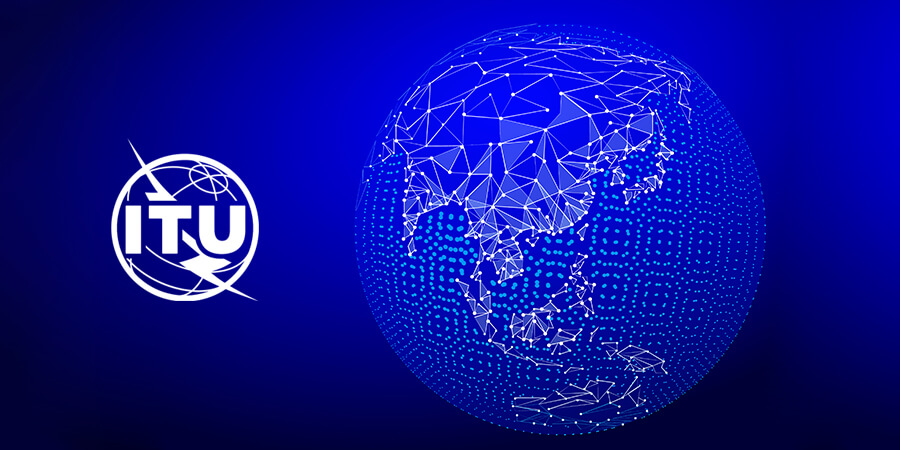Regulators, industry experts and academics from Asia and the Pacific gathered in Nadi, Fiji, in December to discuss radio-frequency spectrum requirements with a view to accelerating digital transformation across the region.
The International Telecommunication Union (ITU) briefed participants on the regulatory framework for international frequency management, particularly following the last World Radiocommunication Conference, WRC-19, where the Radio Regulations Treaty was last updated. The ITU also led discussions on best practices for the use of spectrum for terrestrial and space services.
"Radiocommunication enables economic activity and supports modern life for billions of people across the globe," said ITU Secretary-General Houlin Zhao. “The Regional Radiocommunication Seminars are excellent opportunities for our members to learn how ITU Radio Regulations facilitate the way we work, learn, travel, do business and access public services so that everyone can take advantage of the opportunities brought about by the digital world."
RRS-22 Asia-Pacific was hosted by Fiji's Ministry of Communications in cooperation with the Pacific Islands Telecommunications Association (PITA) and supported by Australia's Department of Infrastructure, Transport, Regional Development, Communications and the Arts (DITRDCA).
“Countries in the Pacific are grateful to ITU for its continued support to improve radiocommunication services in the region," said Thomas Kijiner Jr., President of PITA. “It is vital that those involved with telecommunications in the Pacific exchange experiences to help formulate relevant and workable solutions to advance the digital transformation of the region."
The regional seminar covered the regulatory framework for both terrestrial and space radiocommunication services, along with the procedures for filing and recording frequency assignments in the Master International Frequency Register (MIFR).
RRS-22 Asia-Pacific also included training on software tools developed by the ITU for frequency notifications.
Tutorials familiarized participants with ITU notification procedures as well as key software and electronic publications available to ITU Member State Administrations and ITU-R Members.
RRS-22 Asia-Pacific concluded with a forum, "Radiocommunication Trends: Opportunities and Challenges for the Asia-Pacific Region," in which telecom industry representatives shared insights on how governments could help accelerate radiocommunications development.
Panel sessions during the forum spanned trends in digital broadcasting, broadband satellites, national emergency telecommunications plans and an update on the International Mobile Telecommunications-2020 (IMT-2020) standard, widely known as 5G. Another panel session highlighted the development of regional contributions to WRC-23.
The seminar was attended by more than 80 participants from over 40 countries, including some 30 Member States from the Asia and Pacific region, as well as ITU-R Sector Members, associates, academia and other relevant stakeholders.
